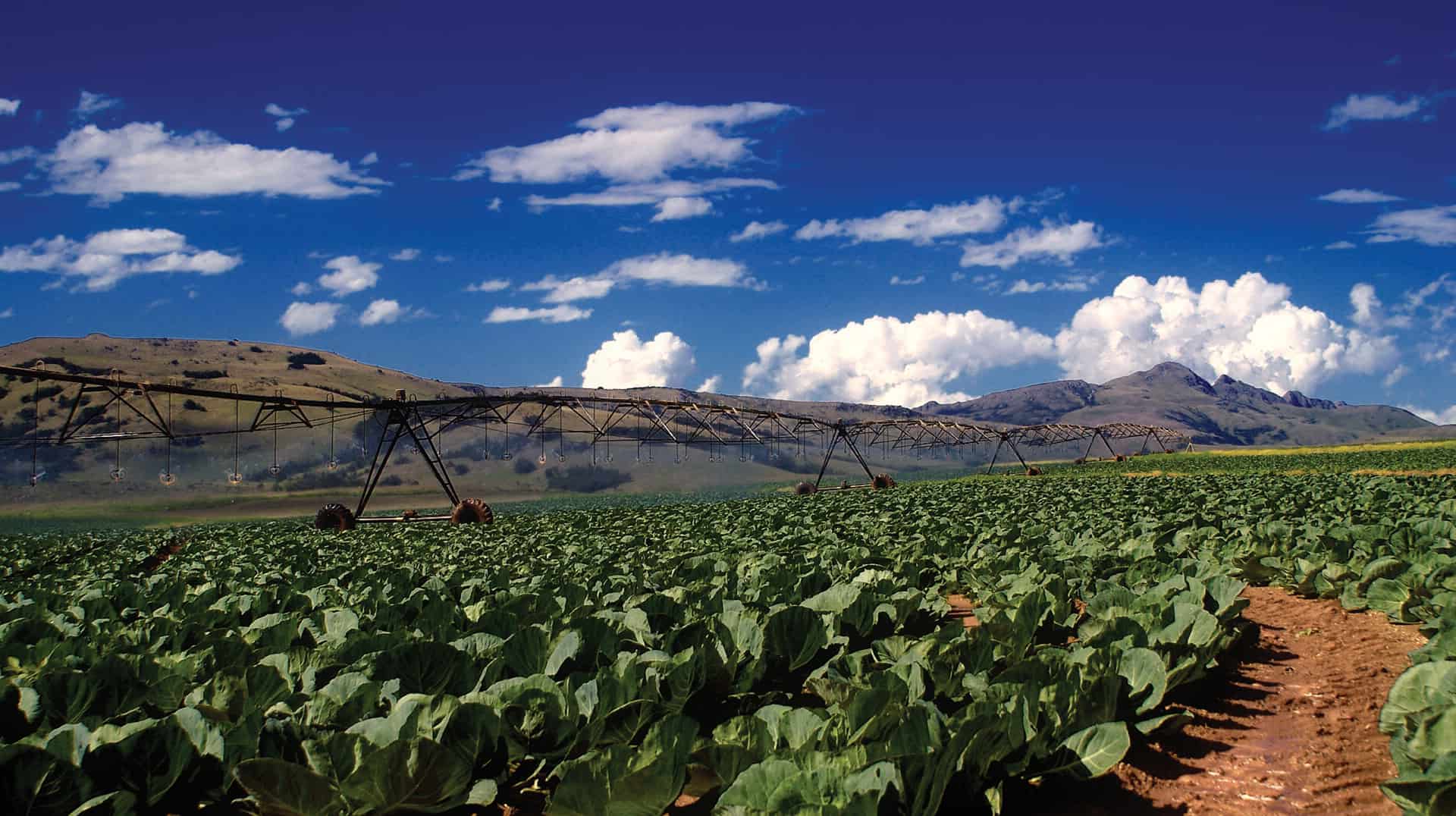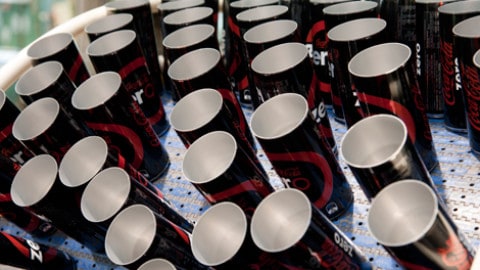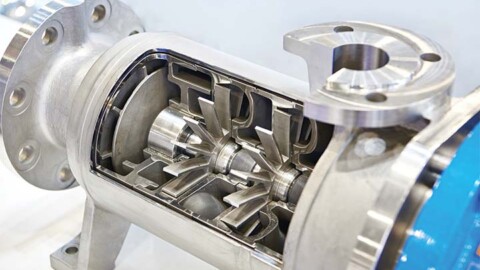By Bill Yiasoumi, retired irrigation officer, NSW Department of Primary Industries
Farmers can select from a wide range of pumps for irrigation purposes. The best pump depends on the type of irrigation system in use. The irrigation system will determine the pump performance required.
The principal requirement for pumping equipment used in commercial sprinkler irrigation is high efficiency against comparatively high pressures. This requirement usually limits pumps used for spray systems to rotodynamic pumps.
Rotodynamic pumps are also suited to the main requirement of surface irrigation systems: high efficiency against comparatively low heads.
Centrifugal pumps are widely used in agriculture and are a good example of the rotodynamic pump group. However, for small systems requiring pump discharges of less than 2 L/s (2 litres per second), positive displacement pumps can be used under certain conditions. In irrigation terms, a pumping rate of 2 L/s is a very low flow and would be applicable to nurseries with misting jets, vegetable growers using drip irrigation, and domestic irrigation situations.
Rotodynamic pumps
Rotodynamic pumps have a rotating impeller which gives energy to the water. The speed and size of the impeller determines the pressure and the rate of water flow out of the pump.
The two main types of rotodynamic pumps are the volute pump and the turbine pump.
Volute pumps are widely used in irrigation. They are of simple construction, the only moving parts being the impeller and shaft. The impeller is housed in a casing (volute).
The volute pump most often used for irrigation purposes is the (radial-flow) centrifugal pump.
It can be installed with the pump shaft in the vertical or horizontal position. Its size is specified by the internal diameter at the discharge outlet.
The advantages of the centrifugal pump include the following:
• It can be installed above the water surface.
• It can be mounted on skids for rapid removal from danger of floods.
• Not being submerged, it is less liable to corrosion, although most can operate submerged for short periods without damage.
• It can be installed as a portable unit and used at more than one pumping site.
• Where its use is applicable, it is easy and cheap to install.
• It is cheap to maintain.
Where large quantities of water have to be pumped against low heads, mixed-flow volute (MFV) pumps are used. At low heads it is possible to get higher efficiencies with MFV pumps than with radialflow centrifugal pumps. Another advantage is that the power requirements (for a given speed) are approximately constant through the range of head and discharge.
Turbine pumps are mixed-flow and radial-flow (centrifugal) pumps which direct water to the discharge outlet with diffusion vanes. Axial-flow pumps, in which the impeller resembles a ship’s screw, are generally classed with the turbines.
Since turbine pumps are most often used for pumping from bores, there is a limit on impeller diameter and the pressure which can be developed at a given speed. Volute pumps do not have this physical limitation. When high pressures are required from turbine pumps, extra impellers (stages) are added to the pump.
Turbine pumps are driven by either a line-shaft or a submersible electric motor mounted below and close coupled to the pump.
The advantages of the turbine pump include:
For bores and wells:
• It can be driven by an engine.
• It is less prone to damage by silt and sand in the water than the electro-submersible pump.
• It is easier to maintain than an electrosubmersible unit.
• For dams, creeks and rivers:
• The prime mover can be mounted above flood level by extending the drive shaft.
• It can be used for supplies inaccessible to centrifugal pumps which would require too long a suction pipe.
• It can be used for high pressure conditions beyond the capacity of conventional centrifugal pumps.
• It can be used to pump silt- or sand-laden water unsuitable for an electro-submersible pump.
Electro-submersible pumps are turbine pumps that are close-coupled to an electric motor. The motor and pump are in the one unit with the motor underneath keeping the unit submerged. The motor depends on the water pumped for cooling, and a failure of the water supply can result in serious damage to the unit.
The pump is dimensioned for use in bores and is very long in comparison to its diameter.
The advantages of the electro-submersible pump are:
• It does not have a long drive shaft.
• It may be installed in a misaligned bore.
Jet pumps are single-stage centrifugal pumps fitted with a special assembly called an ejector. The ejector allows the pump to draw water from depths not possible with a conventional centrifugal pump. The disadvantage of jet pumps is their very poor efficiency and discharge when used in high pressure applications.
Positive displacement pumps
The positive displacement consists of a piston (or displacer) moving in a cylinder from which liquid enters or leaves through a valve arrangement. The positive displacement pump is a low volume, high head pump, and so is not used extensively in irrigation systems. Where these pumps are used, they are most commonly in constant flow systems like drip, spray or mist irrigation.
All positive displacement pumps require a pressure relief valve downstream of the pump to protect the mainline.
Protection or control equipment
Controls for irrigation pumping equipment fall into two groups:
1. prime mover (engine or motor) protection
2. protection of the irrigation system.
A variety of pressure, temperature and water level sensing devices are available. They are usually fully automatic and are designed to override the manual control if anything happens which could damage the pumping unit or irrigation system.
1. Prime mover protection
Diesel engines running unattended should be protected against any failure of the pressure lubrication system, water cooling system or belt drive components, as applicable.
Electric motors are usually protected by sensing current rises or temperature rises, thus detecting electrical overloads.
Both types of prime mover should also be protected against overloads resulting from a change in delivery conditions. For example, a pipe failure with rotodynamic pump system will result in a large increase in power demand, beyond that which can safely be met by the prime mover.
2. Distribution system protection
Pipelines usually break because of too much pressure. If a pipe breaks, then there is a risk of pump damage. Crop losses around the break are also likely. A pressure-sensing device to stop the pump avoids both of these possible outcomes.
Pipeline protection can also be achieved by monitoring the pump output and taking care in the manual operation of valves, that is, closing and opening them slowly.
Efficiency and cost
With the ever-rising cost of power and the need to use water effectively, the overall efficiency of a pumping system will continue to be of major importance to farmers.
The selection of a pump, prime mover and piping to provide the best operating efficiency for your system will result in lower power costs. Good design also results in a longer component life, further reducing operating costs through lower maintenance costs. Good design and correct pump selection will also assist you to use your water effectively.
The first place to begin looking at improving efficiency is at the pump. As the pump is a major energy consumer, any improvement in its efficiency reduces the cost of operating the system. However, other factors should also be considered. Further savings may be found in improved pump operation and maintenance and by the selection of system components (such as pipe diameters, valves and fittings) which do not add excessive head losses. ■
This article is adapted from a paper available for the NSW DPI and is used with permission.
Key factors in pump selection
• discharge and pressure (or head) required
• suction conditions
• frequency of operation
• reliability required
• source of power available
• cost per unit of power
• capital cost, depreciation and interest charges
• physical constraints (for example, must the pump fit in a limited space such as a borehole?)
• shelter available (for example, will an electric motor need waterproofing?)
• potential for corrosion and wear
• facilities for maintenance.



















